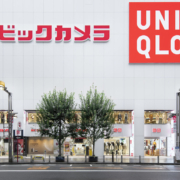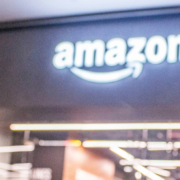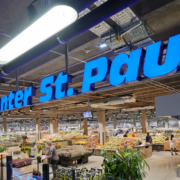Why Cashierless Stores Are Still Not the Norm – and What’s Rising Instead
In the wake of the COVID-19 pandemic, the retail industry buzzed with predictions that cashierless stores—those powered by advanced technologies like AI, IoT, and computer vision—would rapidly dominate the market. Retail giants like Amazon Go and startups experimenting with autonomous shopping experiences fueled this belief. But fast forward to today, and cashierless stores, while fascinating, remain far from mainstream. Instead, simpler, more cost-effective solutions are gaining traction, especially among small and medium-sized businesses.
Here’s why cashierless stores haven’t fully materialized as the “present” of retail and how businesses are pivoting toward practical, affordable innovations.
The Barriers to Cashierless Store Adoption
- High Implementation Costs:
The technology powering cashierless systems, such as AI-enabled cameras, weight sensors, and real-time inventory management systems, is expensive. For most businesses, particularly small and medium-sized ones, the return on investment is not yet convincing. - Complexity of Integration:
Unlike traditional self-checkout systems, cashierless stores require deep integration of multiple technologies, from payment systems to inventory tracking and customer interfaces. This complexity demands significant IT expertise and infrastructure, which many businesses lack. - Limited Vendor Options:
Amazon Go may have set the benchmark, but the number of affordable, scalable vendors for cashierless tech is limited. Startups in the space often target enterprise-level clients, leaving smaller retailers out of reach. - Customer Hesitation:
While customers appreciate convenience, cashierless systems often introduce a learning curve. Concerns over privacy, security, and mischarges also make some shoppers hesitant to embrace fully autonomous shopping experiences. - Regulatory and Security Challenges:
Data privacy regulations and the need to safeguard sensitive customer information add layers of complexity. For example, cashierless systems that rely on facial recognition or AI must comply with strict regional data protection laws.
What’s on the Rise Instead?
As businesses navigate these challenges, they are increasingly adopting simpler, cheaper solutions to improve the shopping experience without overhauling their operations entirely. These innovations strike a balance between modern convenience and operational practicality.
1. Self-Checkout Kiosks:
Self-checkout systems have become the go-to for businesses looking to reduce queues and labor costs. Unlike fully cashierless systems, these kiosks require minimal technological investment and are easy to install. Retailers can integrate them with existing payment systems, making them accessible even to smaller players.
2. Mobile Payment Apps:
Retailers are leveraging mobile apps that allow customers to scan items and pay directly from their phones. These apps, often white-labeled, provide a semi-cashierless experience without the need for extensive in-store infrastructure.
3. Hybrid Models:
Many retailers are adopting hybrid models where some lanes are cashiered, and others offer self-checkout. This approach caters to both tech-savvy customers and those who prefer traditional service.
4. Affordable Plug-and-Play Systems:
Plug-and-play POS systems, such as Square or Shopify POS, are rising in popularity. They provide smaller businesses with cost-effective tools for streamlined payments and inventory tracking without requiring the high-tech investment of cashierless solutions.
5. Enhanced Contactless Payment Options:
Post-pandemic, contactless payment methods like tap-to-pay cards, Apple Pay, and Google Pay have become widespread. While not entirely cashierless, they reduce friction in the checkout process.
Why Simpler Solutions Are Winning
- Cost Efficiency:
Simpler systems offer retailers a quick and affordable way to modernize without significant upfront investments. - Familiarity for Customers:
Incremental improvements, like self-checkout or mobile payment apps, feel more intuitive to customers than entirely cashierless experiences. - Flexibility:
Solutions like self-checkout kiosks or hybrid models allow businesses to scale technology adoption at their own pace. - Proven ROI:
Unlike cashierless stores, where ROI is still uncertain for most retailers, simpler systems deliver immediate benefits such as reduced wait times, higher customer satisfaction, and lower labor costs.
The Future of Retail Technology: A Balanced Approach
While the vision of cashierless stores as the norm is compelling, the reality is that the majority of retailers are prioritizing affordable, scalable, and user-friendly solutions. Fully autonomous shopping may still represent the future, but the present belongs to practical innovations that bridge the gap.
Retailers seeking to modernize must focus on solutions that align with their business size, customer needs, and budget. By doing so, they can embrace the spirit of cashierless innovation without the burden of overhauling their operations entirely.
In a world striving for efficiency, sometimes simplicity is the ultimate sophistication. Would you choose cutting-edge or cost-effective for your business?





 (c) EDEKA
(c) EDEKA 
